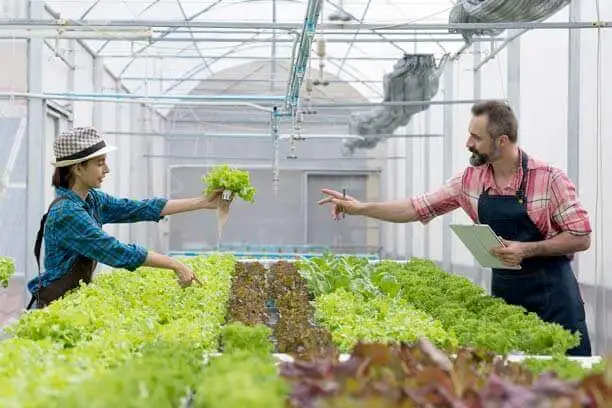5 Tips for Onboarding Agritourism Employees


If you run a farm, you may have thought about boosting your income with agritourism. Many agritourism operations flourish during a certain season—think pumpkin patches, corn mazes, produce stands, fresh-cut flower sales, pick-your-own berries and apples, horse or pony rides, and more. Your existing farm personnel may not have the time to run your agritourism business. So, you’ll need to hire and train seasonal farm workers to handle the increased workload.
Putting job descriptions in writing lets you think through exactly what you need your farm employees to do. Plus, it gives the new employees a clear set of expectations for their job. Good job descriptions can reduce or eliminate miscommunications and inaccurate expectations.
Whether it’s setting up a produce stand in the morning before opening, guiding customers to the fields for pick-your-own crops or washing out equipment so it’s sanitized, you have a way you want your farm to run. Your newest employees won’t always know what to do.
Make it easier for them with written standard operating procedures (SOPs) for the tasks they are expected to perform. Depending on the staff you’re hiring, you may want bilingual or illustrated SOPs. Penn State College of Agricultural Sciences offers a detailed guide on creating SOPs.
If you hire seasonal employees, you need to make sure they are familiar with your farm and trained in your procedures before they start work. It’s easy to be so busy on the farm that you want to get your new employees started as quickly as possible. Taking the time to share the information they need will help them be able to do their jobs well:
You’ll also need to cover some basics, such as completing W-9s and other legal documentation, explaining how employees should track their hours and outlining when and how they can expect to be paid.
Your new employees need safety onboarding before they can start work. While all farms are different, new hires may need to know:
An employee handbook might feel too complex or corporate for your small farm, but having your mission, vision, policies and procedures in writing can help keep your workplace consistent and give everyone a central place to turn if they have questions. You’ll want to update your handbook regularly to reflect changes in laws or policies. Cornell University shares a sample you can start with to build your farm’s employee handbook. (You’ll need to revise sections based on the state where your farm is located.)
Having the right insurance coverage for your farm can make sure your agritourism business and employees are protected. Talk to a Farm Bureau agent near you to ensure your farm has the coverage you need for your farm business to thrive.